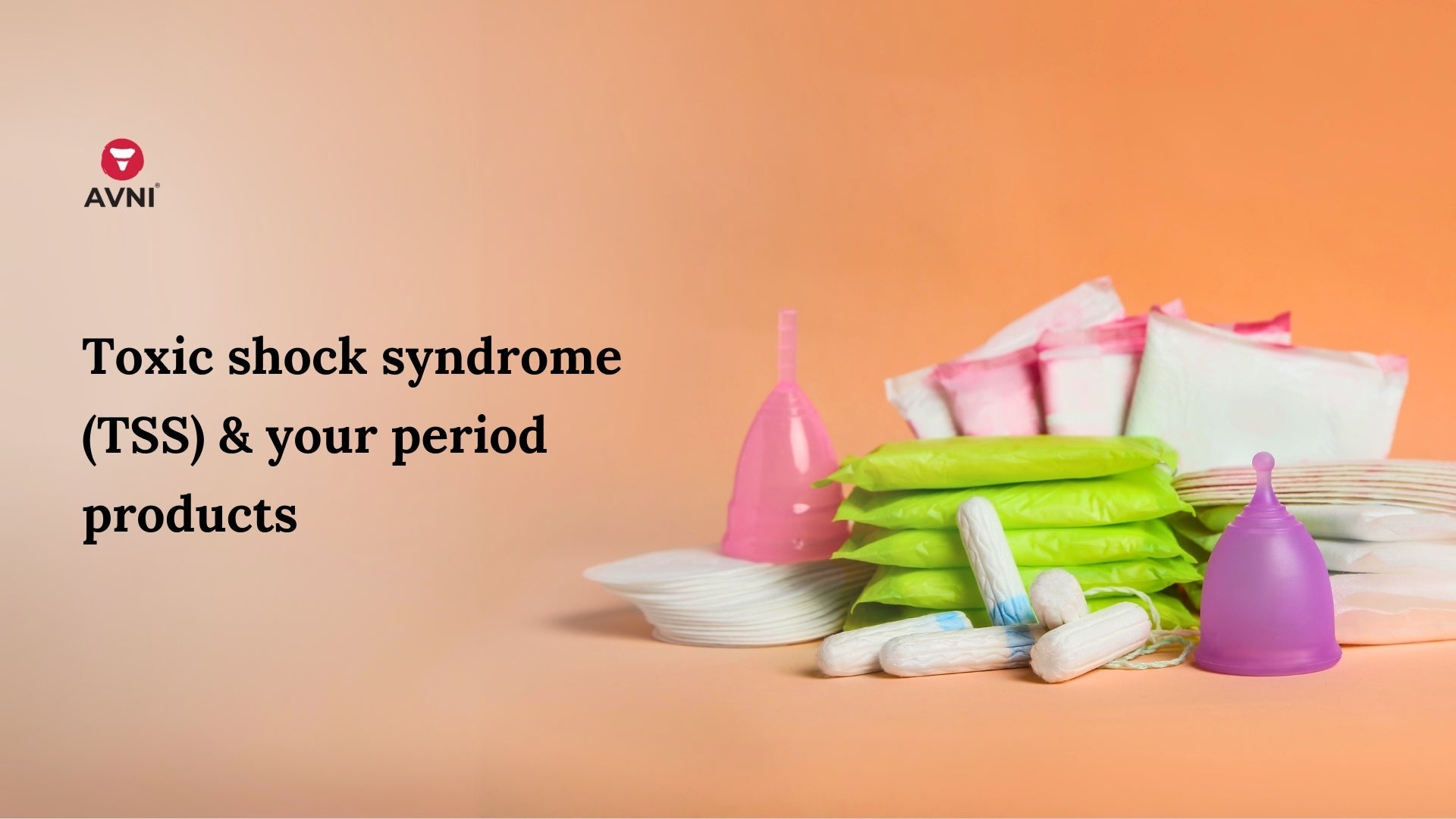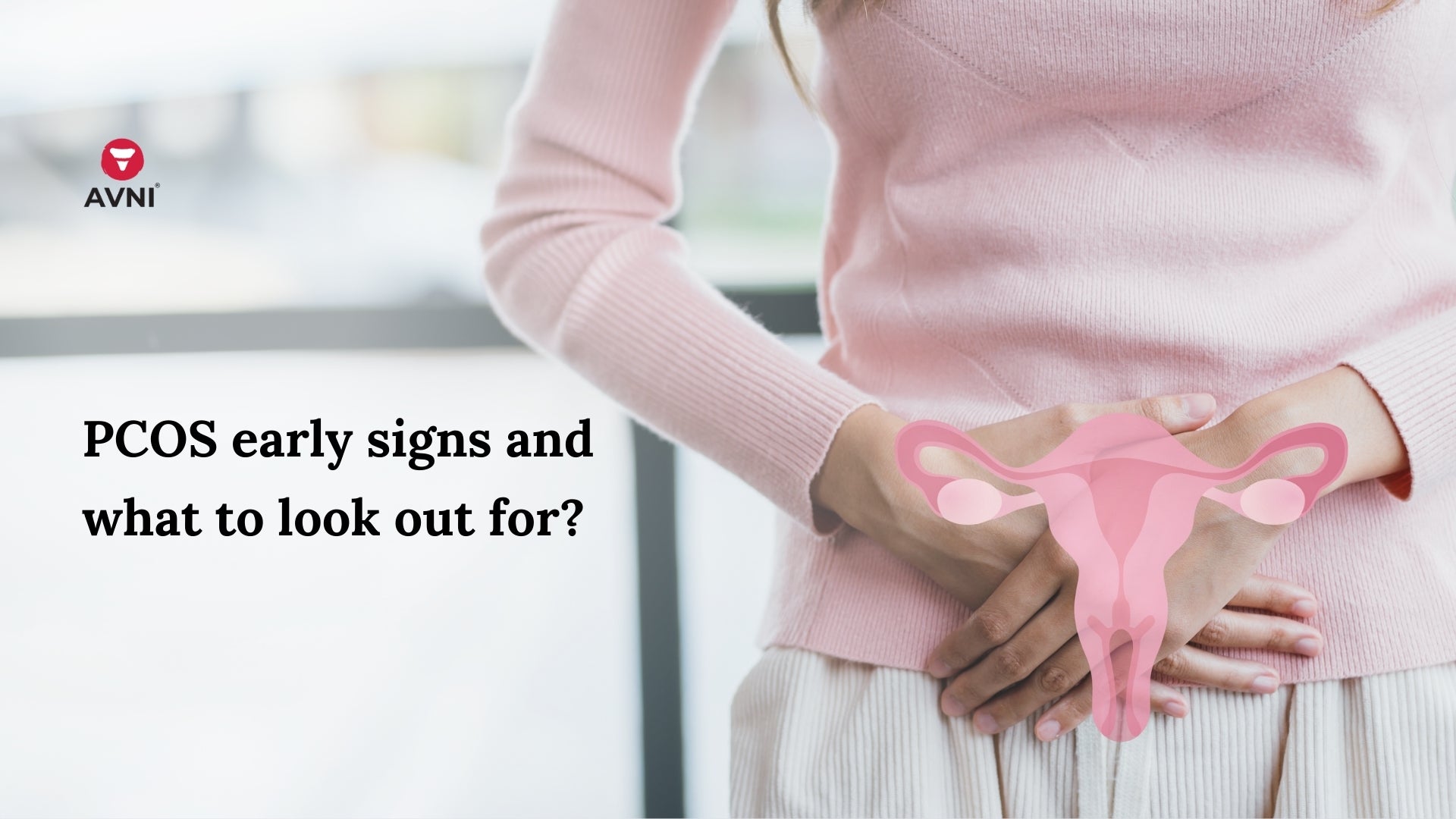
Toxic shock syndrome (TSS) & your period products
Menstrual health is all about awareness and attention. Just like we educate ourselves about the reproductive process, period products and vaginal care, it is equally important to be aware of the diseases that can disturb a normal vaginal health. Today we are talking about Toxic Shock Syndrome ( TSS), an extremely rare but acute bacterial disease.
The Genesis
What causes TSS? There are two strains of bacteria that cause TSS- Staphylococcus Aureus (Staph) and Group A Streptococci (Strep). The overgrowth of toxins produced by these bacteria leads to TSS condition and occurrence of its symptoms.
Many of us who fear getting targeted by vaginal diseases will ask how does it happen? Answer is the environment. While Staph and Strep are two harmless bacteria, they act differently when you are menstruating. Presence of bacteria in the vagina together with neutral pH level and availability of oxygen creates the most comfortable environment for the bacteria to create an impact and cause TSS.
In simple terms, if you use high absorbent tampons during low flow days of your cycle, it is likely to create a condition. Firstly, the presence of Staph bacteria in the vagina is important for TSS to occur. Secondly, when you menstruate, your vaginal pH level is in a neutral state that gives the bacteria the right state to grow. And thirdly, the presence of a tampon or menstrual cup allows the oxygen to enter into the vagina, hence the bacterial spread. Again, for TSS to spread, the bacteria needs to enter the bloodstream that further causes symptoms. This happens in cases of vaginal tear, exposed cuts or any kind of surgery.
For instance, during the late 1970s-80s, TSS caused a major death toll, the majority of which were menstruating women. Closer study suggested that use of high absorbent tampons created the right condition for the bacteria to outnumber, attack vaginal health, spread across the body, hence the panic and the rest is history. This by no means indicates that tampons are the root cause. We need to understand that bacterial disease requires environment and at that given time, high absorbent tampons gave the bacteria the source to breed upon.
Over the years, TSS cases have dropped from nearly 14 to 4. But medical experts say that while you are menstruating, you are at risk of TSS almost every month. Given any period products you use, tampons, pads, cups or sponges, it's always safe to be extra careful while inserting, removing and preserving menstrual products.
Symptoms
Panic and fear surrounding TSS is inevitable, but with enough understanding and awareness of its symptoms you get to know about it beforehand. TSS symptoms vary from person to person. The red flags includes-
- Sudden high fever
- Sunburn like rash (particularly palms and soles)
- Headache
- Low blood pressure or dizziness
- Seizures
- Diarrhoea
- Redness around eyes, moth and throat
- Muscle aches
- Hypotension
- Abdominal pain

While these symptoms are also associated with flu and other ailments, it is advised to get yourself checked if you counter such signs especially while on periods. If you are menstruating with high fever or nausea, seek medical attention at the earliest. In case you are using tampons, cervical caps or menstrual sponges, consider removing it, with no delay.
Diagnosis & Treatment
Your doctor may diagnose TSS via physical examination and symptoms analysis. Otherwise, TSS can also be diagnosed in several ways such as testing urine and blood samples for Staph infection, taking swabs of cells from cervix, vagina or throat, a complete CBC test or he/she may advise for detailed scanning to check if TSS is affecting other organs.
Since TSS is treated as a medical emergency, you may have to stay under intensive care of medical professionals. However, treatment for TSS is prescribed based on the underlying cause of the disease. Antibiotics and medication for low blood pressure is commonly recommended or IV fluids for dehydration that helps with TSS initially. In cases with higher degree of TSS, patients are put under supportive care.
TSS, Tampons and Period Products
TSS is a medical emergency that leads to death if not treated timely. Time, they say, is everything, both heals and destroys (if not treated) even when it comes to using menstrual products. Experts advise to change or empty your menstrual products after every 6 hours, be it tampons, menstrual cups, pads or diaphragms. Why? Because if they are kept inside for too long, they provide a proper environment for the bacteria to breed. If your tampon is irritating you, consider switching brands.
Other preventive measures to reduce developing TSS includes using low absorbent tampons or sanitary napkins during menstruation, empty menstrual cups on regular intervals and washing hands thoroughly before and after changing it. Lastly, always keep the surgical cuts and incisions clean and keep changing the dressing. Vaginal health is all about care, cleanliness and attention. Safe and protected use of menstrual products is of utmost importance.



Leave a comment
This site is protected by hCaptcha and the hCaptcha Privacy Policy and Terms of Service apply.